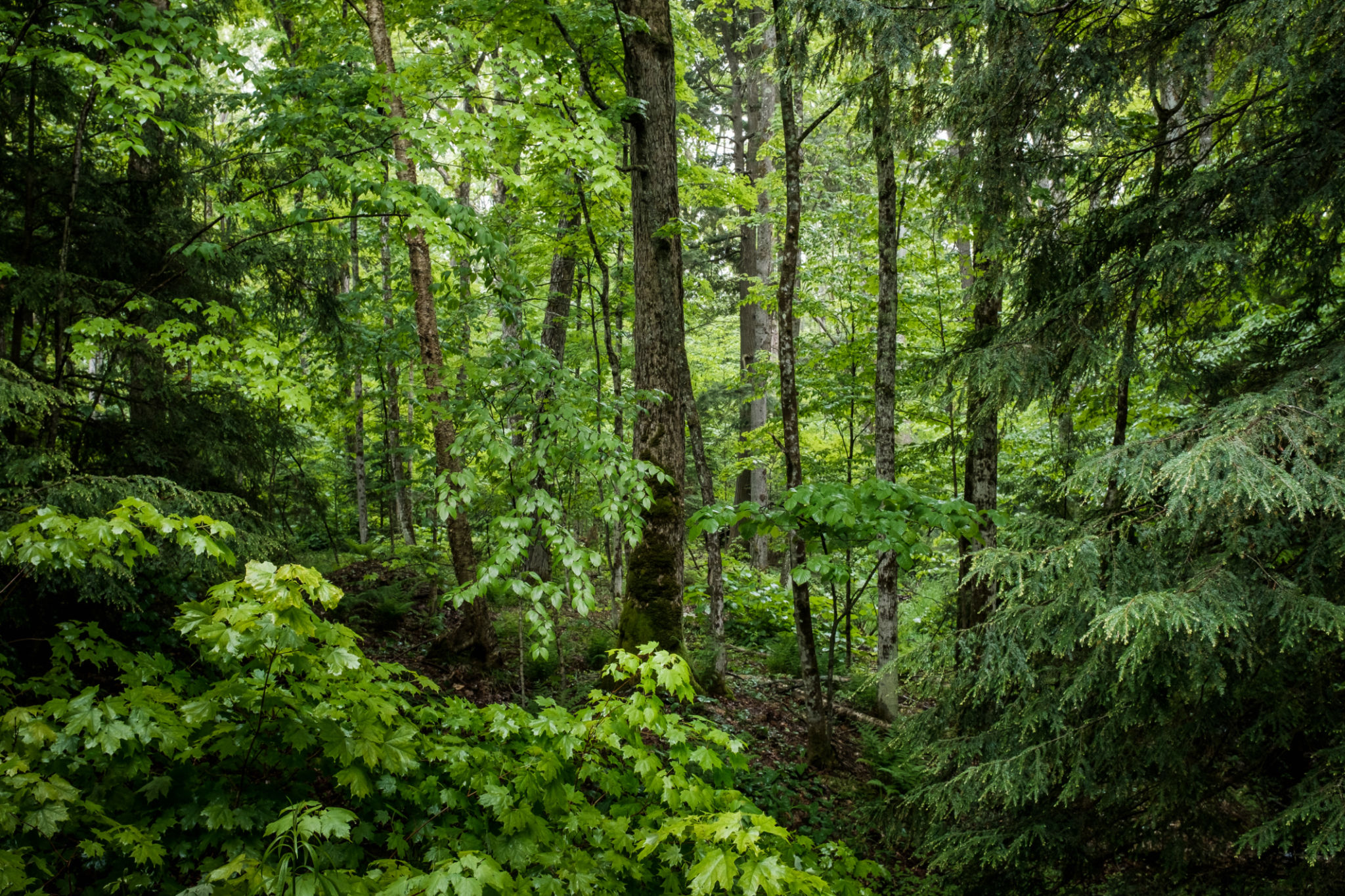Expert Insights: The Future of Vertical Gardening Trends
Vertical Gardening: A Green Revolution
As urban spaces become increasingly crowded and green areas are limited, vertical gardening is stepping into the spotlight as a sustainable and innovative solution. This trend, which involves growing plants on vertical surfaces, is not only a creative use of space but also a way to combat urban environmental challenges. But what does the future hold for vertical gardening?

The Rise of Smart Gardens
With advancements in technology, the integration of smart systems into vertical gardens is becoming more prevalent. These smart gardens use sensors and automated systems to monitor and control environmental factors such as light, temperature, and humidity, ensuring optimal growth conditions for plants. This not only makes gardening more efficient but also accessible to those without a green thumb.
The convenience and control offered by smart gardening technology are expected to drive the popularity of vertical gardens in urban environments. As technology continues to evolve, we might see more innovative solutions that further enhance the experience of vertical gardening.
Diverse Plant Varieties
Traditionally, vertical gardens were limited to certain types of plants, such as succulents and small herbs. However, advancements in horticultural practices are expanding the range of plants that can thrive in vertical spaces. From edible plants to flowering species, the variety available for vertical gardens is set to increase significantly.

This diversification not only enhances the aesthetic appeal of vertical gardens but also their functional value. For instance, having a variety of edible plants can contribute to urban food security, while flowering plants can support biodiversity by attracting pollinators.
Sustainability and Environmental Impact
One of the most compelling aspects of vertical gardening is its potential for positive environmental impact. By utilizing vertical surfaces, these gardens can help reduce the urban heat island effect, improve air quality, and provide insulation for buildings. As sustainability becomes a focal point in urban planning, the role of vertical gardening in creating greener cities will likely expand.

Moreover, vertical gardens can be integrated into existing structures, minimizing the need for new land use. This adaptability makes them a versatile tool in the fight against climate change and environmental degradation.
Community Engagement and Urban Aesthetics
Vertical gardens are not just about functionality; they also contribute significantly to the aesthetics of urban environments. By transforming drab walls and empty spaces into lush green landscapes, they enhance the visual appeal of cities. This transformation can foster a sense of community pride and engagement.
Community-driven vertical gardening projects are on the rise, encouraging residents to participate in creating and maintaining these green spaces. This involvement not only beautifies neighborhoods but also strengthens community bonds and promotes urban agriculture.
The Future Outlook
As we look towards the future, it is clear that vertical gardening will continue to evolve and adapt to meet urban challenges. The integration of technology, diversification of plant species, and focus on sustainability will drive its development. Urban planners and environmentalists alike are recognizing the potential of vertical gardens to transform cityscapes into healthier, more livable environments.
In conclusion, the future of vertical gardening is bright and promising. As it continues to gain popularity and innovation flourishes, we can expect to see more creative and impactful implementations in cities around the world.
